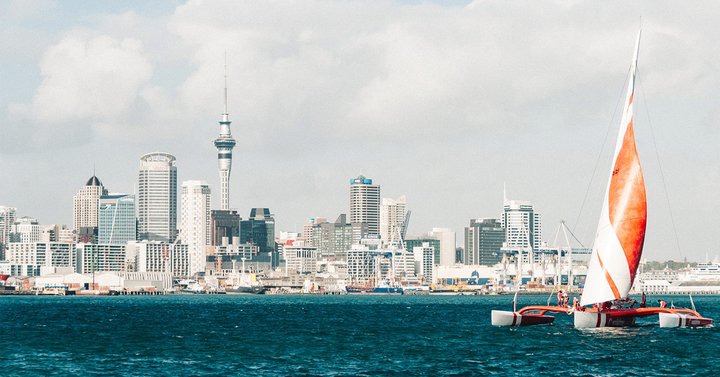As a Shopify store owner, it’s important to understand how Goods and Services Tax (GST) works in New Zealand. This includes GST on goods sold to businesses and consumers in and outside of the country.
We know taxes can be a bit of a headache, so we wrote a quick guide to make it easier for you. This article will teach you how to set up your Shopify store so it charges GST in New Zealand correctly.
We will explore:
- How to charge GST when your business is not GST registered
- How to charge GST when your business is GST registered
The most significant distinction for your business is whether it is GST-registered or not.
Most businesses start without registering for GST. This is the right choice because you do not have to register just because you start a business or organisation. However, you must register if either of the following apply to you:
- you carry out a taxable activity and your turnover was at least $60,000 in the last 12 months, or you expect it will be at least $60,000 in the next 12 months.
- you carry out a taxable activity and you add GST to the price of the goods or services you sell.
You can also voluntarily register for GST in New Zealand at any point.
If your taxable turnover is below the GST threshold and you are not GST registered, you do not need to charge GST to any customers.
If your business is in New Zealand and you are GST registered, you must charge GST to some customers but not others. It all depends on where they are located.
If you are selling goods to customers—either business to business (B2B) or business to consumer (B2C)—in New Zealand, then you have to charge GST. You would usually charge this at the standard GST rate of 15%.
If you are selling B2B or B2C to customers outside of New Zealand, then these sales are generally zero-rated. This means that you must charge GST at 0% and show this on your invoice.
The above rules apply to the sale of online goods.
As set out above, most goods have the standard rate of GST, which is charged at 15%. You should charge this rate unless the goods have are classed as zero-rated, special, or exempt.
Zero-rated goods include exported items that are valued at less than $1,000 that do not need an export entry if you can prove you have exported them or will do so. Other examples of zero-rated supplies include land transactions, specialized tools, and the first sale of refined metal (e.g., gold).
Exempt supplies mean you do not charge GST. Examples include the sale of donated goods and the sale of fine metals.
There are different GST rules and rates for goods which are classed as special supplies, and these vary depending on the supply. Examples of special supplies include gaming machines, coin and token operated machines, and when the full price isn’t known at the time of sale.
The most applicable rate of GST to your Shopify store will be the standard rate of 15%, but it is good to be aware of these other rates just in case.
If you want more information on these various GST rates, visit the New Zealand Inland Revenue website.
Regardless of whether your goods are standard, reduced, or zero-rated, you must always show the GST information on your invoice.
Sufio will automatically create valid invoices with a detailed breakdown of the charged GST.
When you configure your tax rates in your online store and Shopify generates a breakdown of the GST charged, Sufio can create valid invoices. Our compliance team will ensure your documents follow all of New Zealand’s strict invoicing regulations.
You can generate invoices in multiple languages and include all the details needed to comply with global invoicing legislation.
Having the correct tax breakdown on invoices is essential to your bookkeeping and your tax purposes.
Professional invoices for Shopify stores
Let Sufio automatically create and send beautiful invoices for every order in your store.
Install Sufio - Automatic Invoices from the Shopify App Store
